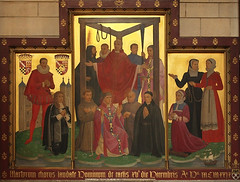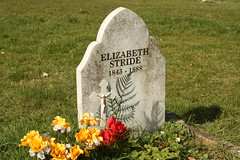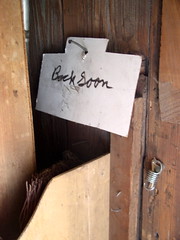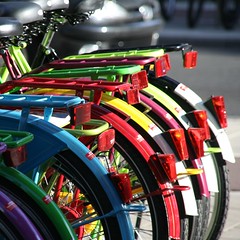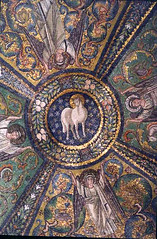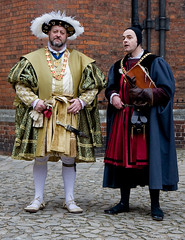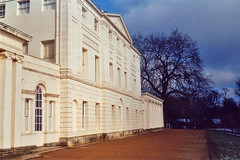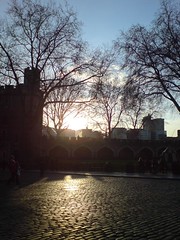 Question of the week: With Halloween on the horizon, is there a particular episode from London's history that gives you the shivers?
Question of the week: With Halloween on the horizon, is there a particular episode from London's history that gives you the shivers? "Possibly the most bloody and haunted place in London is the Tower of London. Since it was built in the 11th century it has the home of kings and criminals. William the Conqueror started building it in 1080, and was his London home. Castles were multi-use buildings, though, and the first documented prisoner held in the Tower arrived in 1100.
The tower was always a place of public execution, even (possibly especially) for the royal family. During the Wars of the Roses, Henry IV died there, as did his nephews, the 'Princes in the Tower'. Other well-known deaths at the Tower include Sir Thomas More and the two of Henry VIII's wives that were executed (Anne Boleyn and Catherine Howard). Lady Jane Gray, who was Queen for nine days, and Mary, Queen of Scots were other victims of the executioner's blade. The tower continued to be a place of torture and execution until it held its last prisoners during the Second World War. A number of German spies were executed there, ending in 1941, and Hitler's Deputy Führer, Rudolf Hess, was held there until the end of the War.
There have been many ghost sightings at the tower, including Arbella Stuart, cousin of King James I, and a phantom bear!
If you want to learn more about the Tower of London, and its horrible past, check out their website."
- Kris
~~~~~~~~~~
Want to read more? Related books in the LUP Library include:
Tower of London, the : 900 years of English history by Kenneth J. Mears
Building of London : From the conquest to the great fire, by John Schofield
and many of the guidebooks in the London Focus collection.
* Photo by Miss Alice, used under Creative Commons.
